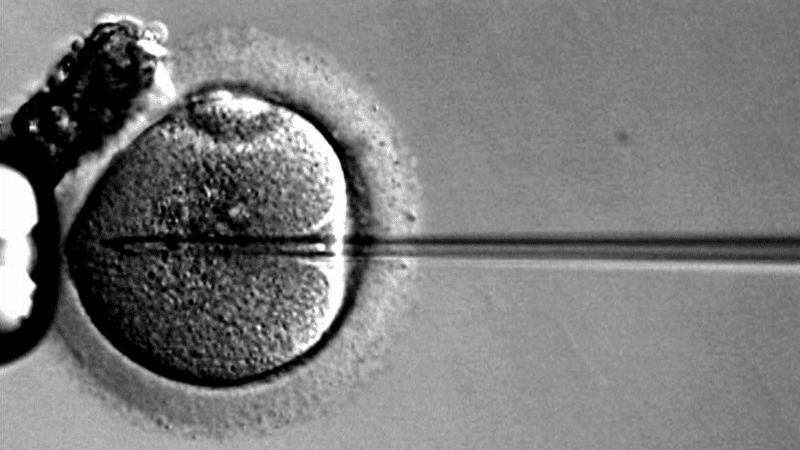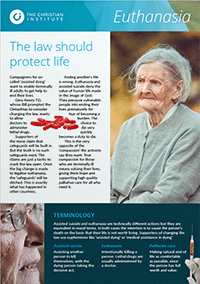A baby has been born using a new and controversial genetic modification technique, involving three parents.
A Ukrainian couple gave birth to a baby boy on 5 January, using a technique known as ‘Pronuclear Transfer’, according to the New Scientist.
Pronuclear Transfer is highly unethical as it destroys two embryos to create a third and requires the involvement of three or four parents.
‘Extremely cautious’
Three and four-parent baby techniques were developed in an attempt to create children free from mitochondrial disease. This new case has widened that justification to countering infertility.
Reacting to the news, Professor Adam Balen, chairman of the British Fertility Society, described it as “highly experimental” and also said it has not “been properly evaluated or scientifically proven”.
The work at a Kiev clinic was led by Dr Valery Zukin, who claimed it was the first time that the technique has been used to give birth to a child.
Embryo modification
He said, chillingly, that it “opens up the possibility of augmenting embryos”.
Last September, the world’s first three-parent baby was born to US parents in Mexico, using a similar technique known as Maternal Spindle Transfer.
The boy was born through the work of a team of US-based scientists, with his parents travelling to Mexico because the technique is not permitted in the US.
Warning
In the UK, the techniques to create three and four-parent babies became legal in October 2015.
The House of Commons and the House of Lords both backed regulations allowing the procedures, with support more recently given by the UK’s fertility watchdog.
The Christian Institute has long warned that problems with techniques to create GM babies may only arise decades from now, as the techniques require changing the human germ-line.
‘Hope’
Humphrey Dobson, Deputy Director of The Christian Institute, has said: “There are very real safety fears because the genetic changes will be passed down the generations. No one knows if this is safe.
“These plans do not cure anyone alive today suffering from mitochondrial disease. Instead they seek to create new ‘disease-free’ children.
“We should be putting resources into adult stem cell treatment which offers hope for treating mitochondrial disease.”


